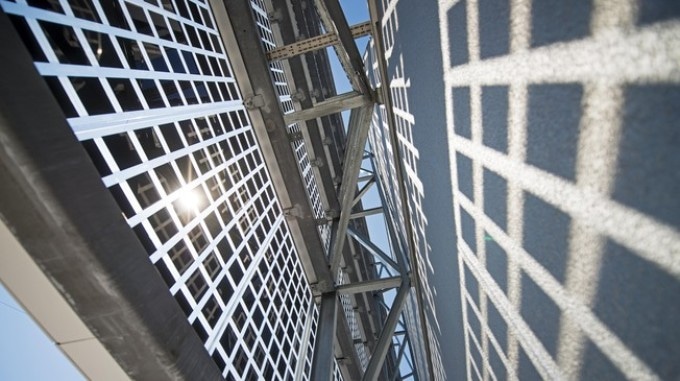Apr 26 2017
 Image Credits: 2017 CSEM / David Marchon
Image Credits: 2017 CSEM / David Marchon
EPFL and CSEM researchers in Neuchâtel have developed a new amazing process for creating crystalline solar cells using electrical contacts at the rear, suppressing all shadowing at the front.
Details of the research are reported in presents in Nature Energy. Due to its economical approach, the fabrication process is greatly simplified with efficiencies in the laboratory already exceeding 23%.
In the search for more efficient crystalline silicon solar cells with minimal manufacturing costs, one of the most promising techniques is to gather all electrical contacts at the back of the device. This suppresses all shadowing at the front, boosting the current and the efficiency. This approach typically requires a number of delicate processing steps, because well-defined narrow positive and negative contact lines have to be created, which will then gather the electrons (negative charges) and holes (positive charges). This requires customarily several steps of masking of photolithography to develop the alternated positive (+) and negative (-) areas.
The teams at the EPFL Photovoltaics laboratory and at the CSEM PV-center effectively established a ground-breaking process in which the negative and positive contacts align automatically. This was possible by depositing the first “negative” contact by plasma process via a mask. Then, a second layer (positive) was deposited over the full surface. The growth of this layer is such that the negative contact, although covered with the positive contact, stays negative.
Using this simple process, 25-cm2 solar cells have already realized an efficiency of 23.2%, with the potential of attaining nearly 26%. The researchers collaborate with the Meyer Burger Company, a top manufacturer of equipment for solar cell production lines, to come up with industrial solutions for such solar cells, valorizing the so-called silicon heterojunctions technology that act as the foundation of this research.
The Meyer Burger Company, the Commission for Technology and Innovation (CTI) and the Swiss Federal Office of Energy (SFOE) funded this research. The research will continue as part of the European project H2020 Nextbase.